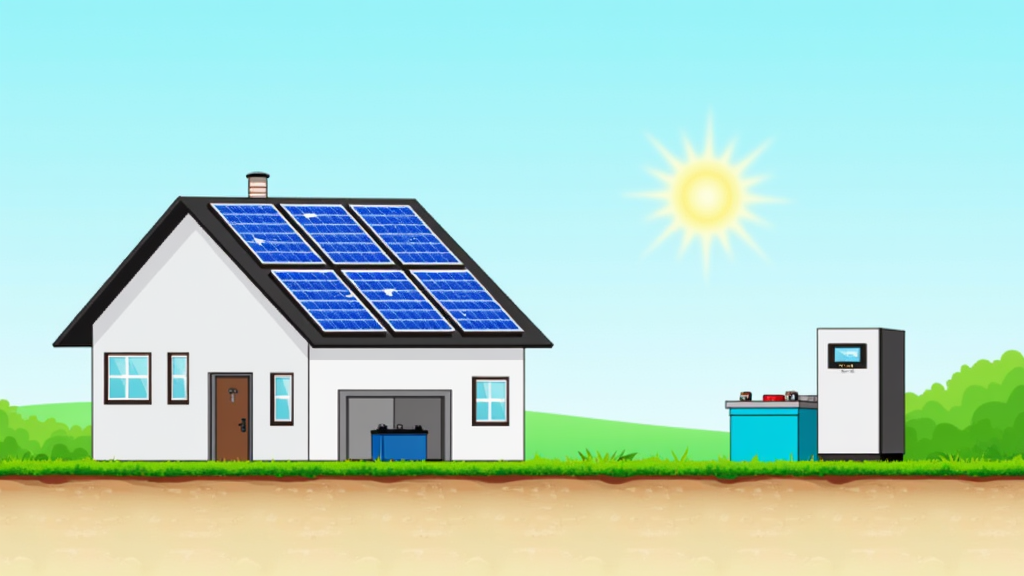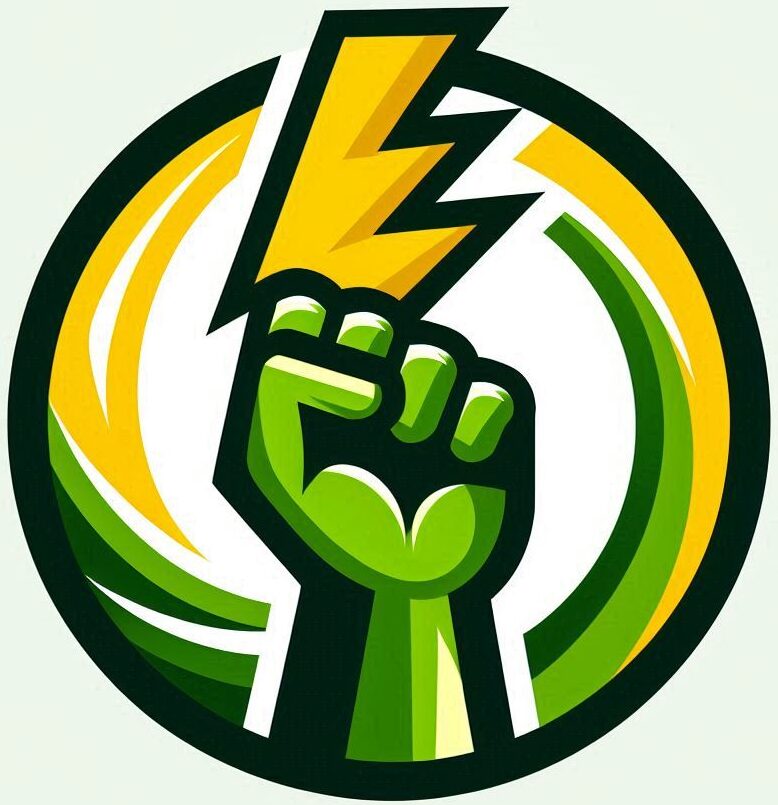
Step-by-Step Guide To Designing Your First Off Grid Solar System
Building an off grid solar system may seem like a daunting project at first, but with careful planning it becomes both manageable and rewarding. I designed my first system after researching all the key points and learned that a clear plan, along with a solid understanding of the basic components, helps ensure a reliable and efficient setup. This guide explains each step with enough detail so that anyone new to the topic can feel confident when planning their own system.
Why Consider an Off Grid Solar System?
- Energy Independence: Off grid solar systems give you the freedom to produce power without relying on the main electrical grid.
- Cost Savings: Once installed, these systems can lower monthly energy expenses considerably.
- Environmental Benefits: Solar power is a clean energy source that helps reduce carbon emissions and supports sustainable living.
- Resilience: Off grid systems continue running essential appliances during power outages and emergencies.
Components and Materials You Will Need
Designing an off grid solar system requires a handful of essential parts. Below is an all-in-one list of the key components that form a solid setup:
- Solar Panels: The primary source of energy. The number and capacity of panels depend on your energy demands and geographic conditions.
- Charge Controller: This device regulates current flow from the panels and helps maintain the battery charge properly.
- Battery Bank: Stores energy produced during daylight hours for use at night or during cloudy days.
- Inverter: Converts stored direct current (DC) from the batteries into alternating current (AC) for household appliances.
- Circuit Breakers and Wiring: Ensures safety and proper distribution of current throughout your system.
- Mounting Hardware: Provides reliable support for panels and other components according to your installation site.
Step-by-Step Instructions
1. Assess Your Energy Needs
Start by calculating your daily energy usage. Listing the appliances you plan to power and noting their wattage helps determine your total load. Creating a simple table of devices, wattage, and estimated daily usage sets the foundation for sizing your system. A thoughtful assessment here avoids both oversizing and under sizing your components, making sure you only invest in what is truly needed.
2. Evaluate Your Site and Sunlight Exposure
Your specific design depends largely on your location. Accurately measure the average daily sunlight hours and observe seasonal changes. Inspect your roof or chosen ground area for any shading issues. The clearer the sunlight access, the more energy you can produce. I spent extra time checking my site to ensure it delivered the maximum energy output possible.
3. Create a Design Layout
Drafting a layout is a critical next step. Sketch your installation area and mark the positions for your solar panels, battery bank, charge controller, and inverter. Consider the wiring routes and plan for safety disconnects. Using basic paper and pencil, I designed a layout that balanced efficiency with ease of installation and future maintenance, ensuring that nothing interferes with existing structures.
4. Component Sizing and Selection
Selecting the right components means matching them with your calculated energy needs. After you determine the total watt-hours required, choose solar panels with a combined capacity that exceeds your minimum. I opted for extra capacity to account for less sunny days. For the battery bank, deep-cycle batteries are a reliable choice for long-term consistent power. Then, pick a charge controller and an inverter that can handle the maximum current that your system will draw.
5. Plan the Installation Process
Take time to plan the actual installation. Write down every connection and note important safety measures such as proper grounding and circuit protection. Review manufacturer instructions for all your components and ensure you have the right tools on hand. A detailed checklist made the physical work smoother and provided clear guidance, minimizing surprises once the work started.
Helpful Tips & Considerations
- If you are new to solar setups, start with a smaller system and expand gradually as you become more comfortable with the technology.
- Research local regulations and permits for off grid installations. Following these rules is very important to ensure long-term reliability.
- Plan for extra backup sources if you have emergency power needs, building flexibility into your design from the very start.
- Keep a close eye on warranties and customer reviews of your components. Using reliable parts can add years to the life of your setup.
Frequently Asked Questions
Q: How much energy can I expect to generate daily?
A: Your energy output depends on panel wattage, the total number of panels installed, and local sunlight availability. A simple calculation based on your region’s average sun exposure will give you a solid starting point.
Q: Can I handle the installation on my own?
A: Many homeowners have managed basic installations with careful research and attention to detail. However, if your design is complex, it is wise to check in with a professional to ensure everything is safe and running efficiently.
Share Your Solar Adventure
Your experience building an off grid solar system can provide useful insights for others. Sharing your achievements and any lessons learned in relevant online forums or community discussions can help spread the knowledge. Every bit of experience adds to a collective understanding that benefits everyone looking to create their own renewable energy solution.
Before you begin, take a moment to review this guide and adjust it to fit your unique situation. Each step builds on the previous one, forming a cohesive plan that leads to an efficient off grid energy system. With careful planning and attention to detail, you can enjoy the independence and sustainability that come from generating your own power. This project is not just about installing equipment. It is about taking control of your energy future and building a system that grows with your needs.
By following these guidelines, you are well on your way to creating a smart, safe, and cost-effective solar setup that will serve you for years to come. Happy building, and may your new system bring you both independence and a positive impact on the environment!
For more information on sourcing products email Larry@offthegridexperts.com
In the San Diego area? Email me direct, Larry@offthegridexperts.com for a complete quote from design to completion.
